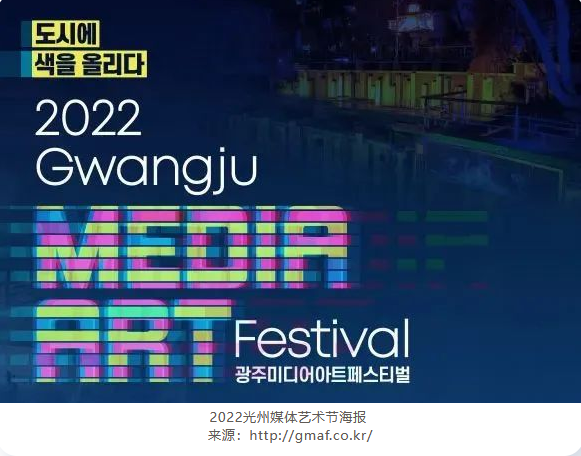Gwanju, Korea’s City of Light
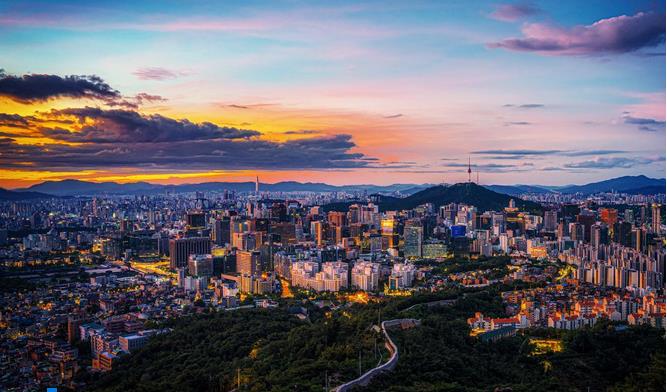
. Introduction
The third article in this series will focus on Gwangju, the "Media Arts City." In December 2014, Gwangju, Korea was designated as the Media Arts City, and four years later, with its persistent efforts and excellent results, Gwangju was again assessed as "excellent" by UNESCO and designated as a vice-chair city. How is Gwangju making use of cultural creativity to further expand the creativity of artistic expression in media? Let’s find out the answers with ICCSD!
·Overview: A City of Light
·The Birth of the “City of Light”: A "City of Culture and Art" Transformed into the Co-chair City of UCCN
·The Origin of the "City of Light": Mapping the future of Gwangju with media arts, delving into visual images and discourse
·Gwangju's Media Arts Development: Expanding Media Expression and Enriching Artistic Innovation
The Birth of the “City of Light”
Gwangju is the fifth largest city in Korea and the administrative, military, economic, social, and cultural hub of southwestern Korea, and is known as the "City of Culture and Art" with a rich historical and cultural heritage. It has produced many learned ancient Confucian scholars, literary scholars and modern media arts talents.
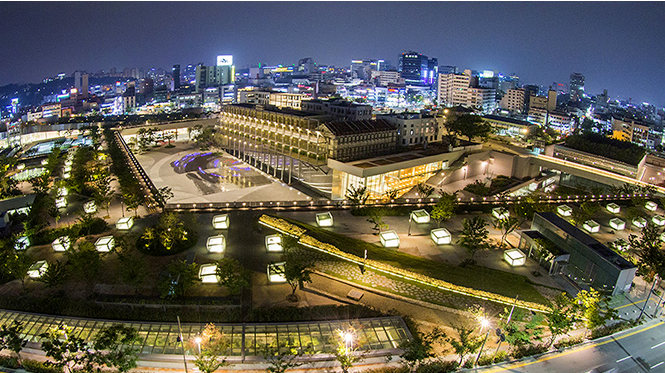
Gwangju Asia Culture Center
Source: https://tour.gwangju.go.kr/
Gwangju was selected as a UCCN Creative City of Media Arts in December 2014. With its persistent efforts and excellent results, four years later, Gwangju received a 'highly satisfactory' rating in the evaluation review conducted every four years and was recognized as a very promising media city by the UNESCO Annual General Assembly and the Media Arts Subcommittee for its active international activities and exchanges, and as a result, Gwangju became a vice-chair city of UCCN.
The UCCN once commented, "Thanks to Gwangju's remarkable development in the field of media arts, which will help and inspire other UCCN member cities."
The Origin of the "City of Light"
Light means brightness. Gwangju is the city of the sun, and the people here for generations have revered the sun and kept moving toward the light, and this spirit continues to this day.
Gwangju is a laboratory of innovation in the field of media arts. In this creative field, various initiatives bring together artistic tradition, democratic values and human rights, high-tech science and technology, which are key components of the city’s past and present. Thanks to its strong photonics industry and R&D district, the city has become a high-tech hotspot for science technology research. Its media-content industry, LED industry and design industry are also major forces in the development of Gwangju’s media arts industries.
GMAP: Mapping the Future of Gwangju with Media Arts
Located in Gwangju, a city in the southwest corner of Korea, Gwangju Media Art Platform is a new visual art center focusing on digital art. “GMAP” are the English initials of “Gwangju Media Art Platform.” Moreover, while “G” stands for “Gwangju,” “MAP” has the meaning of “mapping,” with the connotation of “drawing a map” and “applying image (media),” conveying the “drawing of Gwangju’s future with media art.”
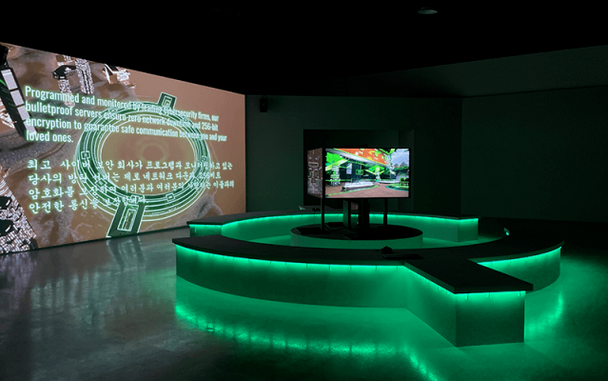
A partial view of the GMAP’s installations
Source: https://k-artnow.com/
GMAP is a three-story building with a two-story basement that contains a creative space equipped to produce, experiment with, and implement images; an exhibition space to showcase experimental and challenging media art works; and the Teleport Hall, a UNESCO Media Art Creative City exchange space. As a complement to the Gwangju Museum of Art, GMAP has hosted various art exhibitions and educational programs, actively promoting the integration of art and science and enhancing cultural and academic interaction.
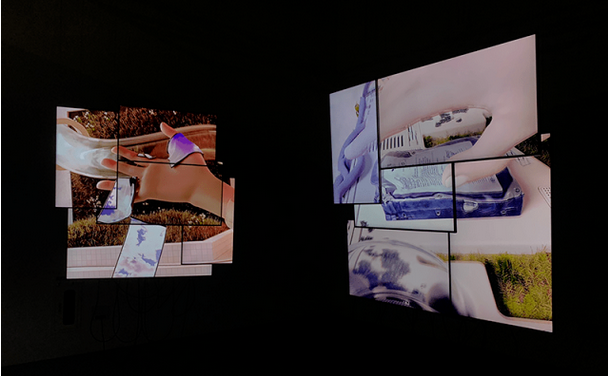
Installation at the GMAP
Source: https://k-artnow.com/
Gwangju is also a major cultural and artistic city in southwestern Korea, where media art connects Gwangju's contemporary art talents with cutting-edge technology. The city hosts numerous cultural and artistic events, such as the Gwangju Biennale and the Media Arts Festival. All of these events help to expand the new scope of media art.
Gwangju Biennale: Delving into Visual Images and Discourses
The Gwangju Biennale is an international contemporary art festival held every two years in Gwangju, Korea. The festival consists of several parts, including international academic conferences and special accompanying programs. Nearly 100 artists from approximately three to five countries come to exhibit their works each year. During the three-month period, they will delve into visual images and discourse through various forms, including international contemporary art exhibitions, on themes that reflect the world's social and cultural realities, major issues, and future values.
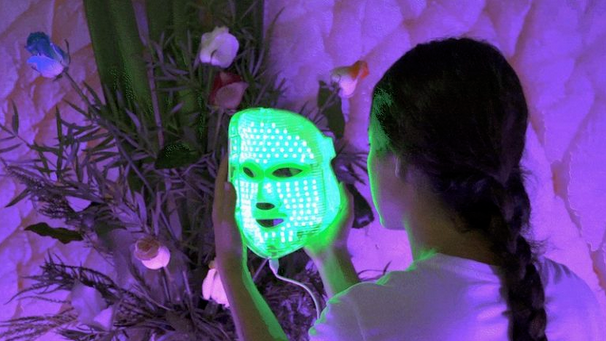
Installation at the GMAP
Source: https://k-artnow.com/
In 1995, at the first Gwangju Biennale Information Art Exhibition, a new media art was introduced to Korea, opening the era of digital-based hypermodernism and laying the foundation for the future media powerhouse - Korea. In that exhibition, 94 media art masters such as Nam June Paik and Bruce Nauman presented video art, emerging new media art, and virtual reality art, inspiring many artists, especially local media artists in Gwangju.
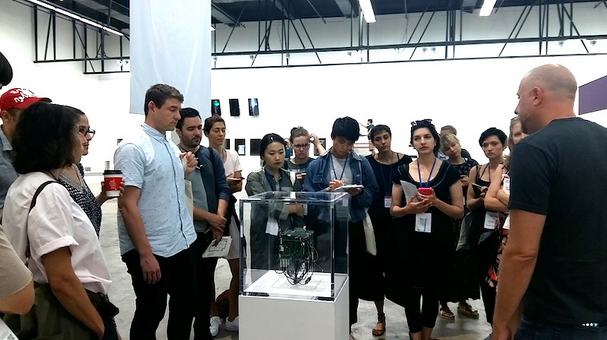
Gwangju Biennale Information Art Exhibition
Source: https://biennialfoundation.org/
Gwangju is also a major cultural and artistic city in southwestern Korea, where media art connects Gwangju's contemporary art talents with cutting-edge technology. The city hosts numerous cultural and artistic events, such as the Gwangju Biennale and the Media Arts Festival. All of these events help to expand the new scope of media art.
Oh Byung-hee, Curator of the Gwangju Museum of Art, has commented, "Gwangju is a city of creative media art that combines art and new media technology, which makes the City of Light more attractive as the combination makes people's lives richer and more enjoyable."
International Media Arts Festival: "Color of City"
In 2012, 42 artists from 15 countries participated in the first Gwangju International Media Arts Festival, and since then, Gwangju has been actively promoting the International Media Arts Festival in the context of "video media and performing arts", aiming to create a global creative city where art, industry and urban space coexist in harmony.
Depending on the theme, each festival will have a variety of activities, such as exhibitions, performances and workshops during the festival. This year coincides with the 10th anniversary of the Media Arts Festival, and the theme of this year's festival is "Color of City," and from September 29 to October 9, events such as the Plaza Festival, media art performances, special media art exhibitions, and GMAF workshops will take place.
In addition to cultural and artistic activities, Gwangju is also involved in numerous public projects that reflect the value of media arts in people's daily lives. These initiatives provide room for career development in the media arts industry and promote collaboration among artists through programs such as residencies.
(Click on the image for more information)
Combating the COVID-19 Epidemic: An Online Art Exhibition of Media Art
During the outbreak of the Covid-19 epidemic, to alleviate the inconvenience of quarantine measures for citizens, Gwangju further connected contemporary art talents with cutting-edge technology by transforming most cultural and art exhibitions into digital formats and offering free videos of dance and theater performances to citizens on a weekly basis.
During this period, Gwangju also supported the "weRculture" social media campaign and produced two video messages showing the daily lives of artists during the epidemic, sending a message of hope and solidarity to citizens. It is worth noting that the social media campaign was launched by the creative cities of Mannheim and Katowice to provide hope and solidarity for artists, especially during the global epidemic. In doing so, the city of Gwangju has succeeded in providing professional development space for local creative talents to expand their horizons, while ensuring the continuity of the city's cultural and artistic life for the benefit of the general public.
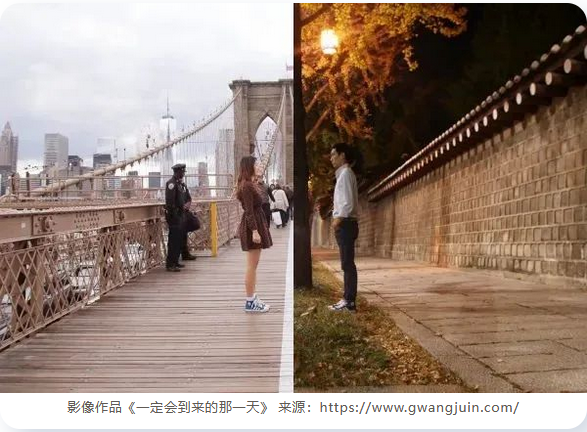
2022 International Residency: Media Art Connects the World
In May 2022, led by the Gwangju Cultural Foundation, Gwangju launched the International Residency program to support the selection of artists from outside Gwangju to expand the exchange of media art. In July, the five artists who passed the public selection moved into the residency studio on the first floor of Bitgoeul Art Space and began a six-month preparation. Among them, Liu Zhongchen, an artist from China, was successfully selected.
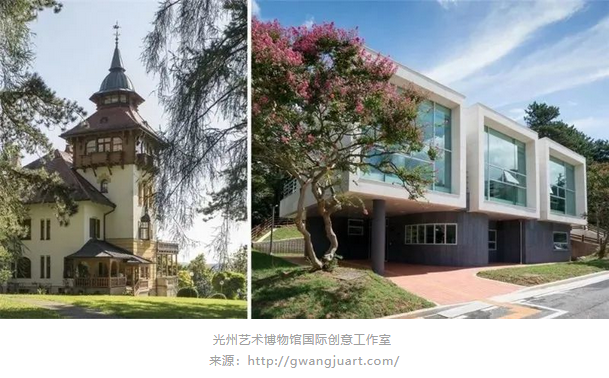
According to the organizer, the first step for the resident artists is to "open the studio". The artists will have the opportunity to meet face-to-face in September, and through the introduction of themselves and their works, they will actively explore the boundaries of art and life, cultural integration and other multicultural boundaries around the theme of interaction between light and people.
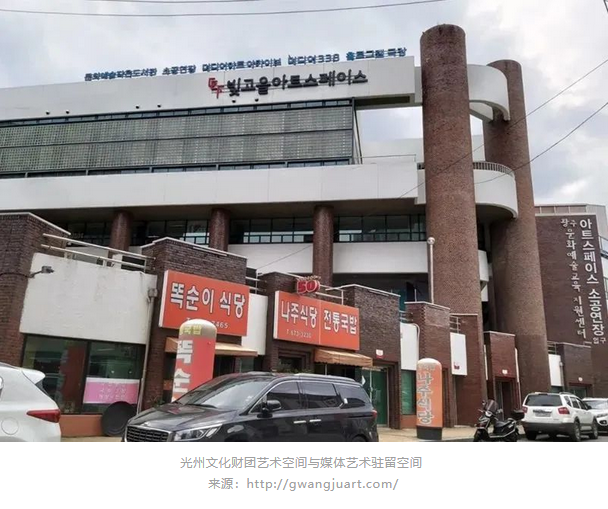
Expanding Media Expression and Enriching Artistic Innovation
As the City of Media Arts, Gwangju hopes to establish partnerships with other media arts cities in the future and share Gwangju's culture and arts and its achievements in cultural industries with the UCCN. At the same time, it will provide space for creative talents in the “National Palace of Asian Culture” and make it a center for cultural and artistic exchange, working to realize the vision of integrating art, industry, and education.
After receiving the evaluation results, Gwangju expressed that after collecting UNESCO's opinions, it will develop media art education programs to promote cultural literacy and innovation among citizens, and will strengthen the connection between research institutions and companies in order to integrate media art works. In the future, the city will actively promote the creation of the UNESCO Media Arts City Platform (AMT Center) to build on its strengths and make up for its weaknesses in order to effectively play its role as a UNESCO Media Arts City.
In the future, Gwangju will practice specific medium- and long-term plans for the development of UNESCO Media Arts City, and make every effort to work together with its citizens to create a better UNESCO Media Arts City.
Gwangju has been actively promoting and enhancing the accessibility of media art to citizens in order to realize the UNESCO concept of "leveraging culture and creativity for sustainable urban development and inclusive growth," further expanding the creativity of media art expression rather than limiting it to specific areas. This approach to empower media arts with community values such as human rights and humanism is certainly a "shot in the arm" for the future of the industry.
Reference:
1.http://www.gwangjuguide.or.kr/bbs/board.php?bo_table=chn_gw6&wr_id=11
2.http://gwangjuart.com/bbs/board.phpbo_table=news&wr_id=1009
3.https://zh.unesco.org/creativecities/%E5%85%89%E5%B7%9E
